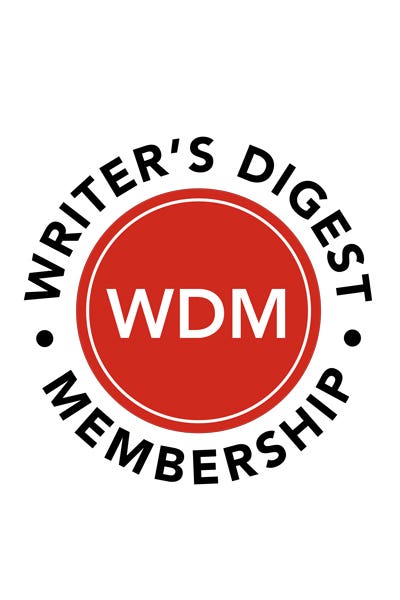The Difference Between a First and Second Draft
Focus on the Nonfiction Magazine Article Workshop The first draft is where you put all the pieces in place, based on your outline. You write the anecdotes, flesh out the…
The first draft is where you put all the pieces in place, based on your outline. You write the anecdotes, flesh out the facts, condense your interview notes down to the best quotes, and tie all the pieces together. The main goal for the first draft is to get it all down on paper (or on screen).
The second draft is where you start performing the delicate surgery of revision (this is not to be confused with the final draft). In the second draft, you should be looking more closely at mechanical and stylistic issues—the length and structure of your sentences and paragraphs, your word choices, your voice and tone—to make sure that you've said everything you wanted to say in the most effective way possible. Following are two key points to focus on at the second-draft stage.
Active vs. Passive Voice
When the subject you are writing about is causing the action, use the active voice; when it is being acted upon, use the passive. A good rule to follow is to use the passive voice only when necessary, but always use it when the action is more important than the "actor" (or when the actor is not specific). Most of the time you'll want to use the active voice.
The Right Word for the Job
Word choice, or diction, is an important consideration in any kind of writing, but especially in nonfiction. Obviously, word choice affects understanding. If you are unsure of a word's precise definition, don't guess—look it up in the dictionary. And don't settle for a word that means almost the same thing; subtle shades of meaning will influence your readers' interpretation of what you've written.
Learn more about writing and revising your articles with the Focus on the Nonfiction Magazine Article.
Scott Francis is a former editor and author of Writer's Digest Books.



